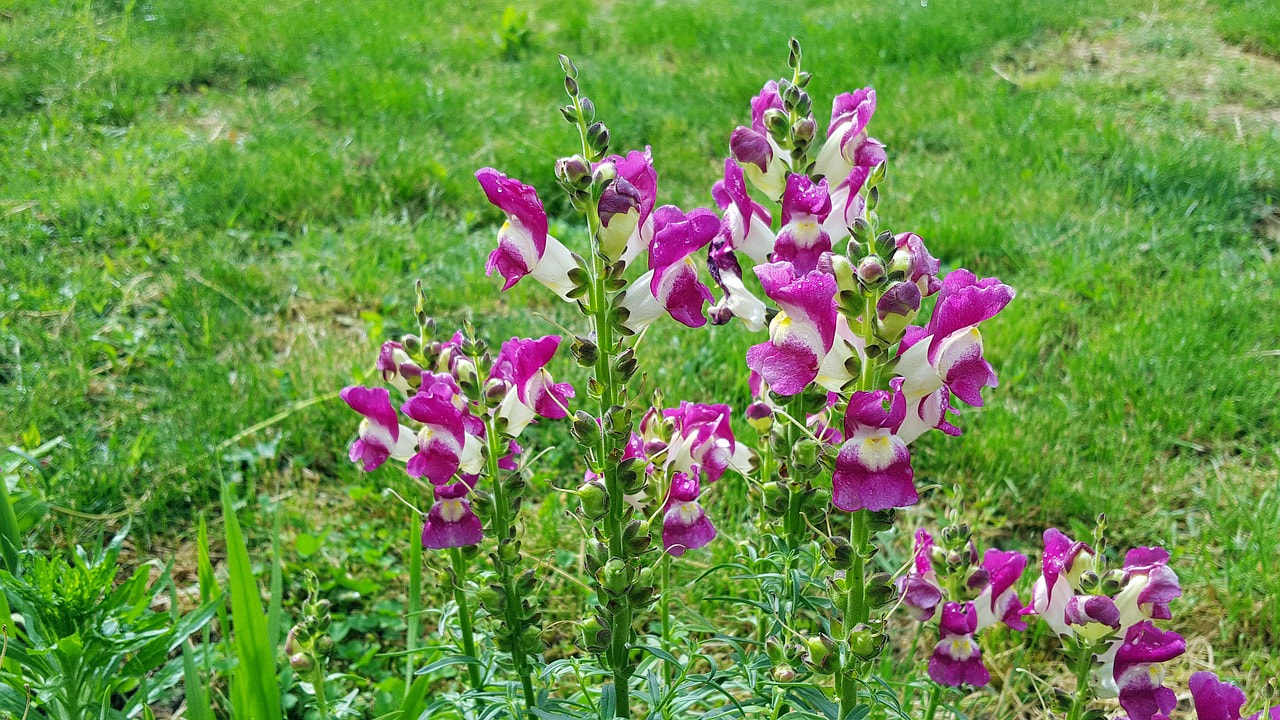How to Grow and Care for Snapdragons
There is something about snapdragons that tickles the soul. These delightful flowers grow on tall spikes creating a rich display of color - but that isn't the fascinating part. Individual flowers resemble the head of a dragon. When pinched the dragon's tiny mouth opens in a silent roar and quickly snaps shut when released. To delight the children in your life, plant snapdragons in a variety of colors and watch their imagination soar. Snap dragons are believed to have originated as wildflowers in Spain and Italy.
Light
Snapdragons prefer a sunny location that receives 6 to 8 hours of direct sunlight a day, but will tolerate partial shade. I've found that bright morning light, afternoon shade, and late afternoon sun works well for my garden. Your experience may vary depending on your location.
Soil
Snapdragons prefer rich, well-drained soil. Til the area to a depth of 8 to 12 inches and remove rocks and other debris. Amend with a 2- to 3-inch layer of compost or aged manure and work it into the top six inches of soil. Starter fertilizer (5-10-10 or 10-10-10) should be applied at this time by following the recommended application rate on the container. Work the fertilizer into the existing soil to avoid injuries to young roots and seeds.
Planting
Start snapdragon seeds inside 12 weeks before the last expected frost in your area or purchase seedlings from your local nursery. Direct seeding in the garden is not recommended as these plants take time to reach the blooming stage. Burpee Seed recommends pressing the seeds into seed starter and covering lightly with soil when starting your own seedlings. Otherwise transplant nursery- grown seedlings to the garden once all danger of frost has passed in the spring.
Watering
Water snapdragons deeply once or twice a week to prevent soil from drying completely. If the soil feels dry one inch below the surface, it is time to water snapdragons. The amount of water required depends on the weather conditions, rate of growth of your snapdragons, and soil conditions. Those grown in containers may require daily watering, as soil in containers dries quickly in the summer sun.
Fertilizing
Fertilize snapdragons sparingly unless they show signs of nutrient deficiencies, such as slow, stunted growth or yellowed foliage. A water-soluble fertilizer applied once a month is typically sufficient. However, plants grown in raised beds or containers may require more frequent fertilizer as nutrients leach from the soil with watering. Let the health of your snapdragons be your guide.
Varieties: Snapdragons are classified as dwarf (6 to 8 inches tall), medium (18 to 22 inches tall), and tall (24 to 36 inches tall). Blooms stretch across the color palette with every color besides true blue. Always check the expected height of your snapdragon seedlings before purchasing them to avoid surprises.
